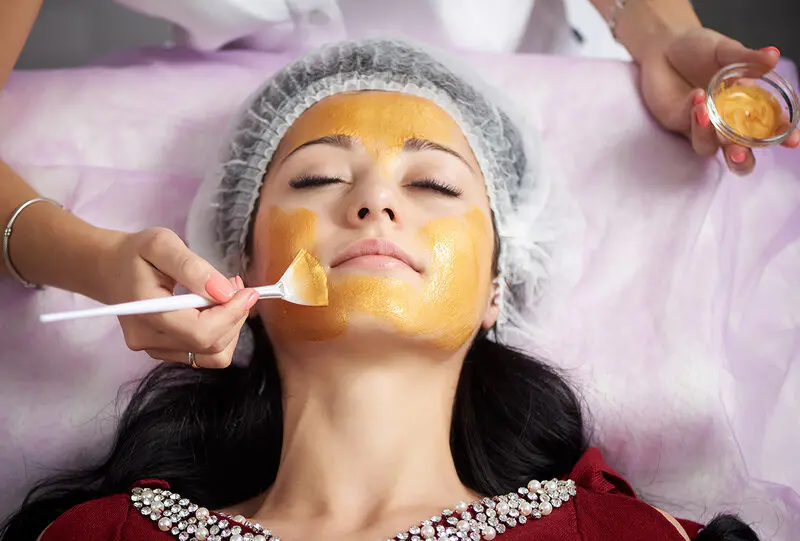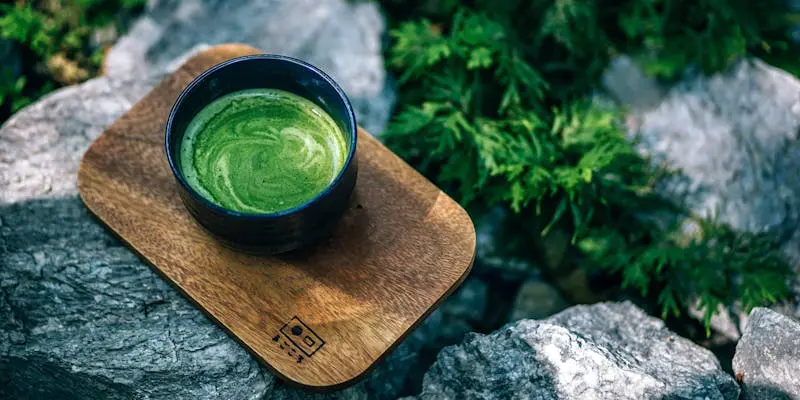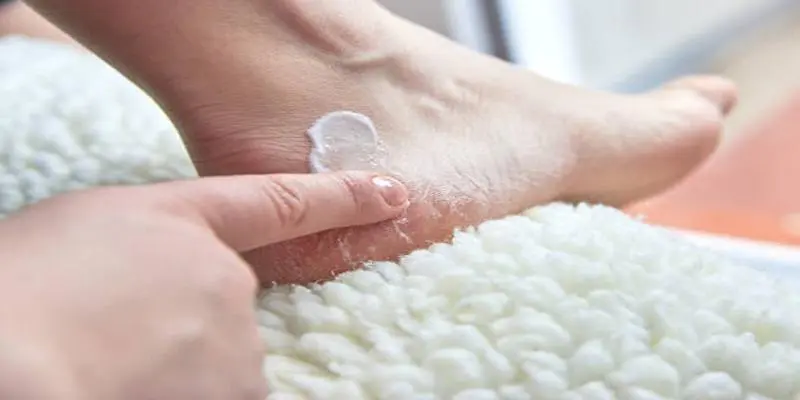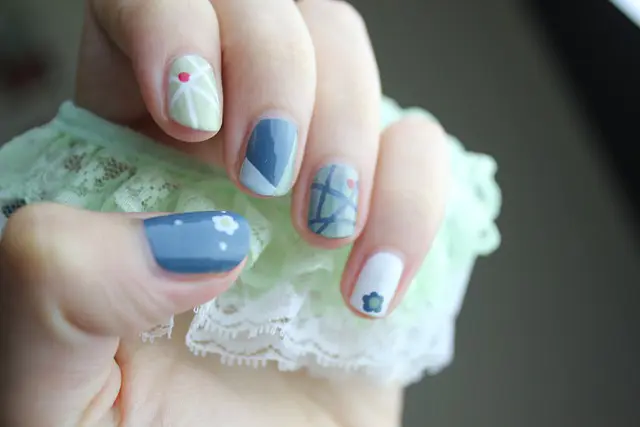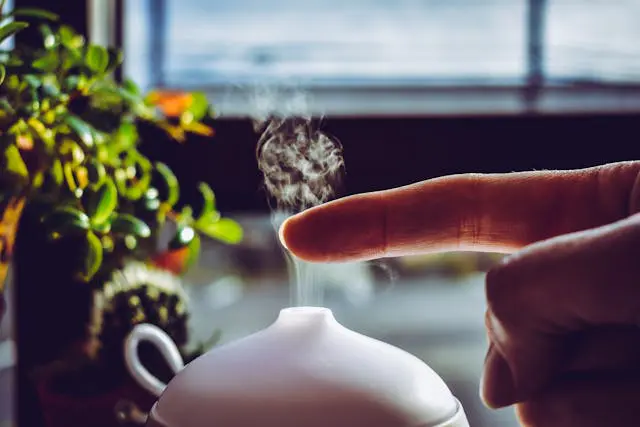Makeup transcends the mere act of beautifying; it is an art form, a creative outlet, and a means to boost self-confidence. As a connoisseur and practitioner in the world of beauty, I am thrilled to share my insights into the ever-evolving landscape of cosmetics. This blog post will act as your compass, navigating through the latest makeup styles, essential skills, and the enduring allure of beauty.
Evolving Makeup Trends: A Dynamic Spectrum
The world of makeup is in a constant state of transformation, shaped by the currents of fashion, popular culture, and international happenings. There's a growing preference for lighter, more natural-looking foundations, with the "bare-faced" makeup look gaining popularity. This style emphasizes the glow of healthy skin rather than heavy makeup application and dramatic contouring.
The rise of bold and experimental makeup is one of the most exciting recent developments. Platforms like Instagram and TikTok have become the canvas for a new generation of makeup artists who are not afraid to push the boundaries of creativity. From dramatic eyeliner to avant-garde lip art, these trends encourage us to think outside the box and revel in the act of applying makeup.
Another trend gaining traction is the focus on skincare. The "skin-first" approach advocates for nurturing the skin's health before applying makeup. A robust skincare routine not only improves skin quality but also lays a perfect foundation for makeup. Many brands are now offering products that combine skincare benefits with makeup, such as moisturizers with SPF or foundations enriched with hydrating ingredients like hyaluronic acid.
Classic Makeup Techniques: Timeless Elegance
While trends may come and go, certain makeup techniques remain classics. Mastering these can help you achieve a polished look, whether for a casual daytime appearance or an elegant evening event.
- Creating a Smooth Canvas: The foundation of any great makeup look is a flawless, even base. Start with a primer to smooth and prolong the wear of your makeup. Choose a foundation that matches your skin tone and texture, from a light tinted moisturizer to a full-coverage option. Use a beauty sponge or brush to blend the foundation seamlessly, focusing on areas that need more coverage.
- Concealing and Brightening: Concealer is crucial for hiding blemishes and brightening the eye area. Pick a concealer one shade lighter than your foundation for under-eye use and a matching shade for spots. Apply and blend the concealer with a small brush or your finger to ensure it blends seamlessly with your skin.
- Sculpting with Contour and Highlight: Contouring and highlighting can add dimension to your features, enhancing your natural beauty. Use a matte bronzer or contour powder to define your cheekbones, jawline, and nose. Apply a highlighter to the high points of your face for a radiant glow.
- Enhancing Eye Makeup: Eyes are often the centerpiece of any makeup look. Begin with an eyeshadow primer to keep your eyeshadow in place. Opt for a neutral shade for the lid, a deeper shade for the crease, and a shimmering shade for the inner corner and brow bone. Use eyeliner to define your eyes, from a subtle line for a natural look to a bold flick for a dramatic effect. Finish with mascara to lengthen and volumize your lashes.
- Defining Brows: Well-defined brows frame the face and enhance your overall look. Fill in any sparse areas with a brow pencil or powder, following the natural shape of your brows. Set them with a clear or tinted brow gel to keep them in place.
- Lip Art: Lips can make a statement, whether you choose a bold color or a subtle shade. Begin by exfoliating your lips to remove any dry skin, then apply a lip balm to hydrate. Use a lip liner to define your lips and prevent your lipstick from bleeding. Select a lipstick or lip gloss that complements your overall makeup look.
The Soul of Beauty
Makeup is more than just following trends or mastering techniques; it's about embracing your unique beauty and expressing your personality. In a world that often imposes strict beauty standards, makeup can be a powerful tool for self-love and empowerment.
A key lesson I've learned is that makeup should be an extension of who you are, not a mask to hide behind.

